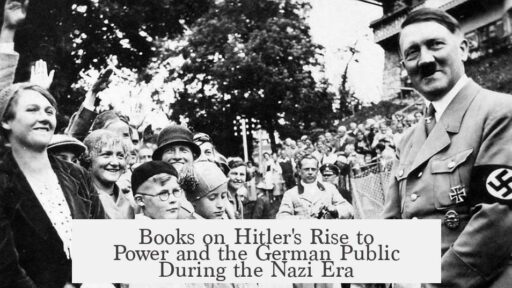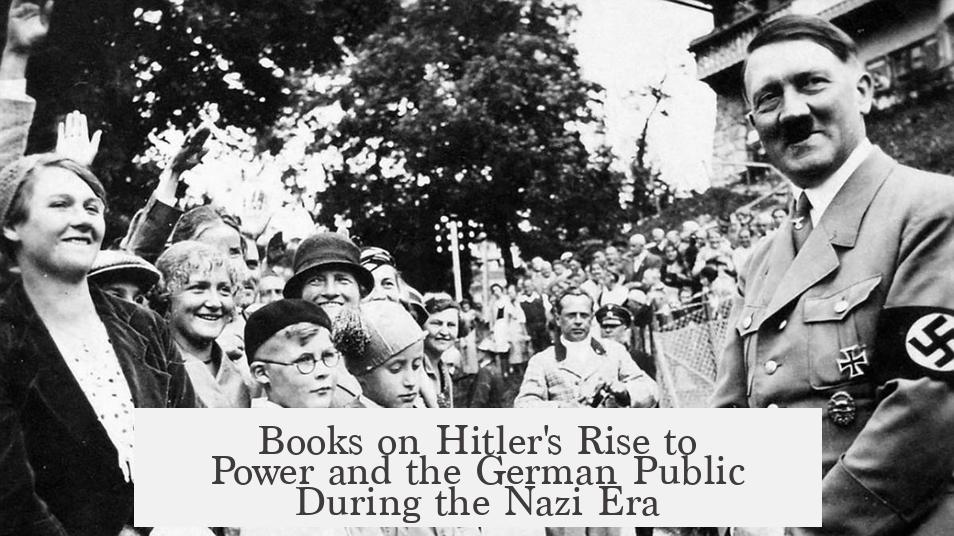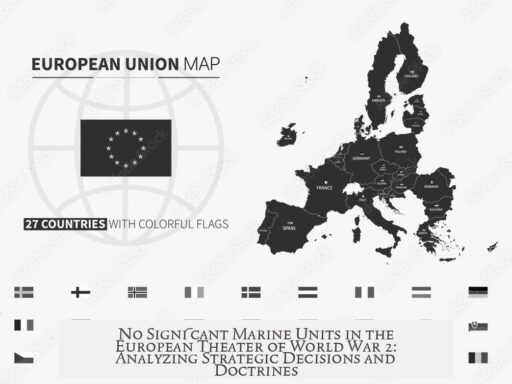Understanding Hitler’s rise to power and the sentiments of the German populace during that era requires consulting several authoritative books. These works explore the political, social, and cultural environment in Germany from the late 19th century through the Nazi regime’s dominance. They provide detailed accounts of Hitler’s ascent, the societal backdrop that facilitated it, and the experiences of ordinary Germans under Nazi rule.
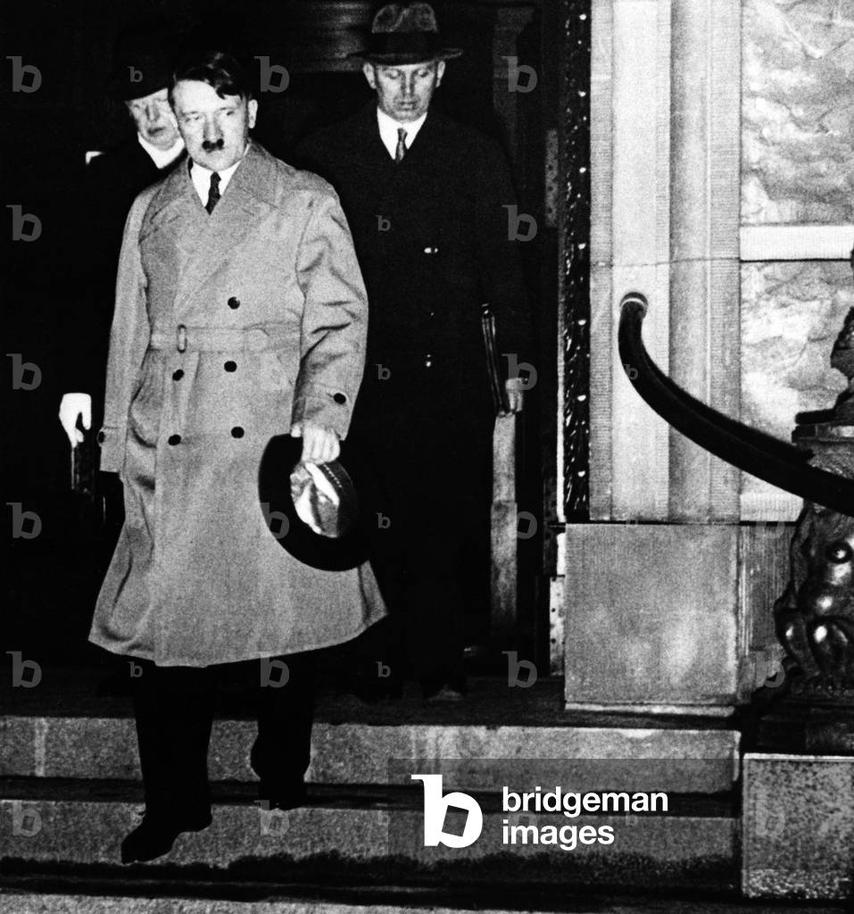
Key books focus on Hitler’s political trajectory and Nazi Germany’s history. William L. Shirer’s The Rise and Fall of the Third Reich: A History of Nazi Germany delivers a broad and detailed overview. It covers the build-up to Nazi control, including key events, political maneuvers, and the regime’s collapse. Shirer’s journalistic and historical approach makes it a cornerstone reference.
Richard Evans offers deep insights in his Third Reich Trilogy. Evans examines how Nazism transformed from fringe ideology to totalitarian dominance, assessing political, social, and economic factors. His work clarifies how Nazi ideas permeated German society.
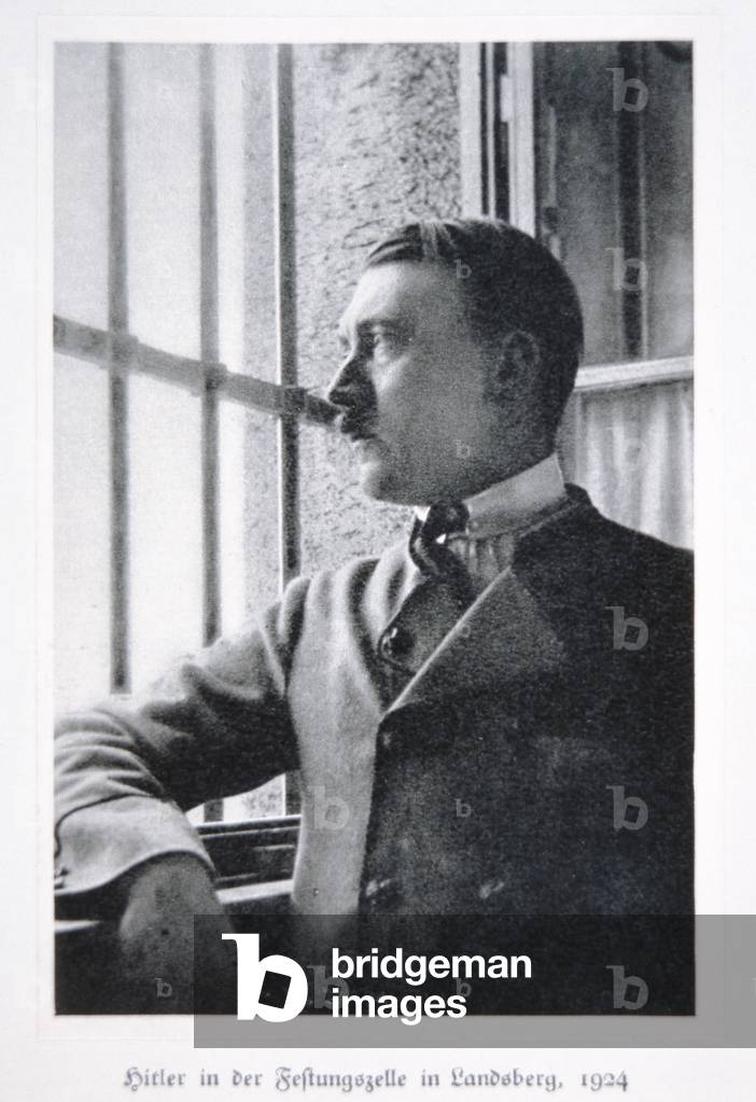
Biographies such as Ian Kershaw’s Hitler provide an intimate look at Hitler himself. Kershaw connects Hitler’s personality, political tactics, and historical context, explaining how Hitler gained and solidified power. Volker Ullrich’s two-volume Hitler (Assent 1889–1939 and Downfall 1939–1945) adds psychological perspectives and detailed narration of Hitler’s life and rise, enriching understanding of Nazi leadership.
Other valuable readings include Thomas Childers’ The Third Reich, a History of Nazi Germany, Mark McDonough’s The Hitler Years: Triumph 1933–1939, and Evans’s The Coming of the Third Reich. These works explore societal trends that Nazis exploited, such as nationalism, anti-Semitism, economic hardship, and political instability.
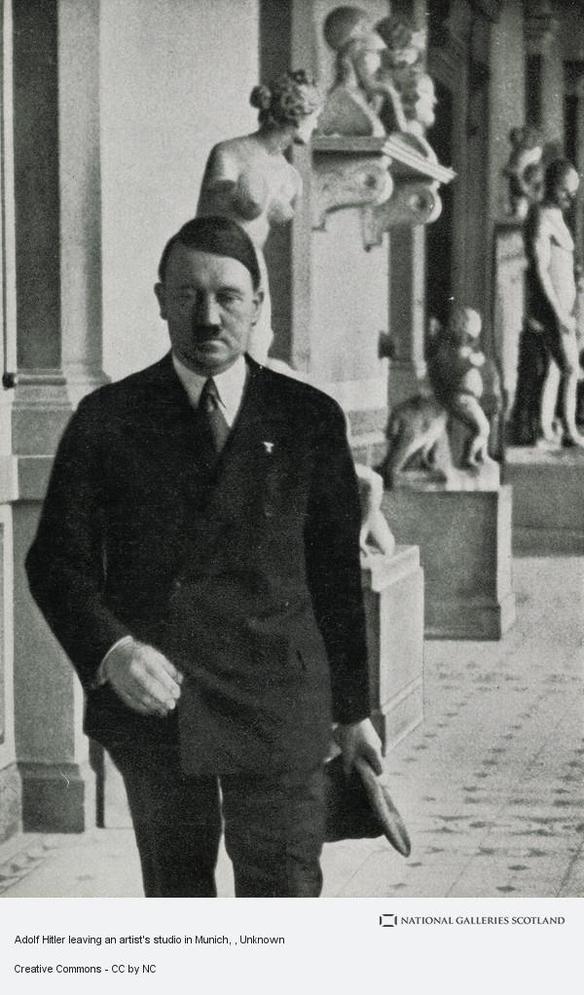
Regarding the German populace and their role during the Nazi era, Christopher Browning’s Ordinary Men studies how regular German policemen became perpetrators of mass violence. It carefully examines moral choices and societal pressures in Nazi Germany.
Andrew Bergman’s Ordinary Germans in Extraordinary Times investigates everyday Germans’ perspectives during upheaval. William Sheridan Allen’s The Nazi Seizure of Power reports on one German town’s experience from the Weimar Republic through the Nazi period, offering valuable micro-historical data about popular sentiment and social change.

Ian Kershaw’s The Hitler Myth: Image and Reality in the Third Reich focuses on Nazi propaganda’s role in shaping public opinion. It delineates how myths about Hitler’s leadership affected Germans’ acceptance of the regime and their complicity.
Erik Larson’s In the Garden of Beasts provides a narrative from the viewpoint of the American ambassador in Berlin during Hitler’s rise. It reveals how foreigners perceived the situation and how Nazi organizations like the SS and Brownshirts cemented control. This book offers a readable and accessible introduction.
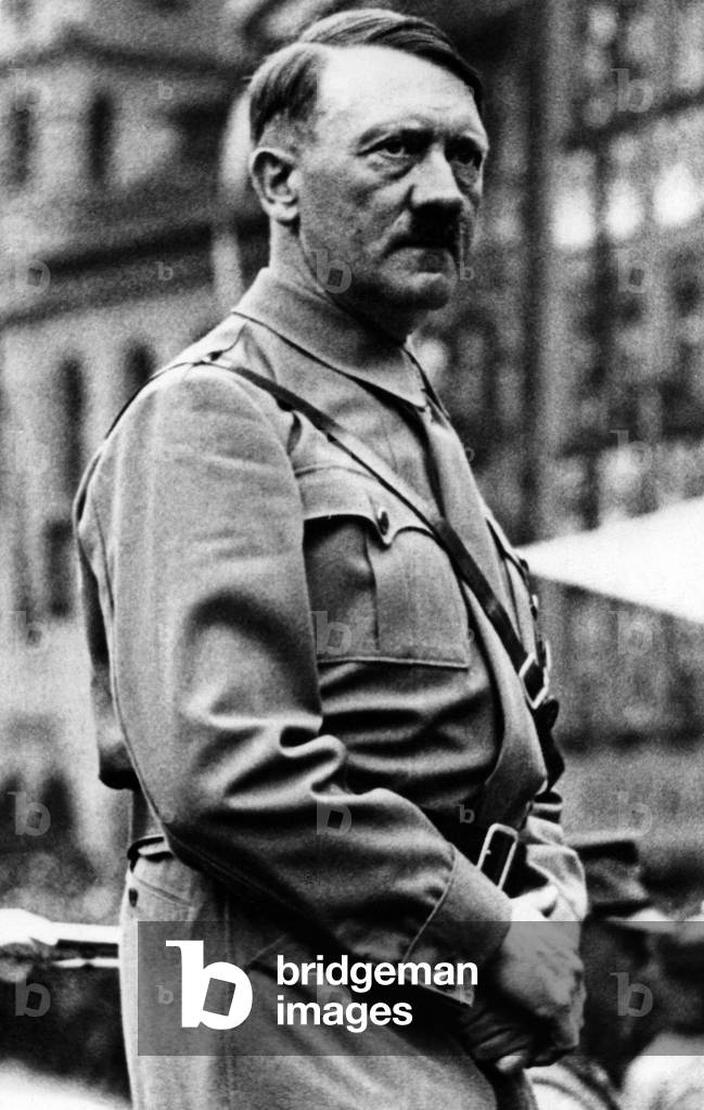
For those investigating ideological foundations, George Missed’s The Crisis of German Ideology explores underlying cultural and political anxieties that Nazis manipulated to gain support.
Additional studies of key figures and organizations relevant to understanding power dynamics include Joe Barrett’s biography of Heinrich Himmler and Adrian Weale’s Army of Evil: A History of the SS. These works shed light on the radicals who enforced Nazi policies and brutal repression.
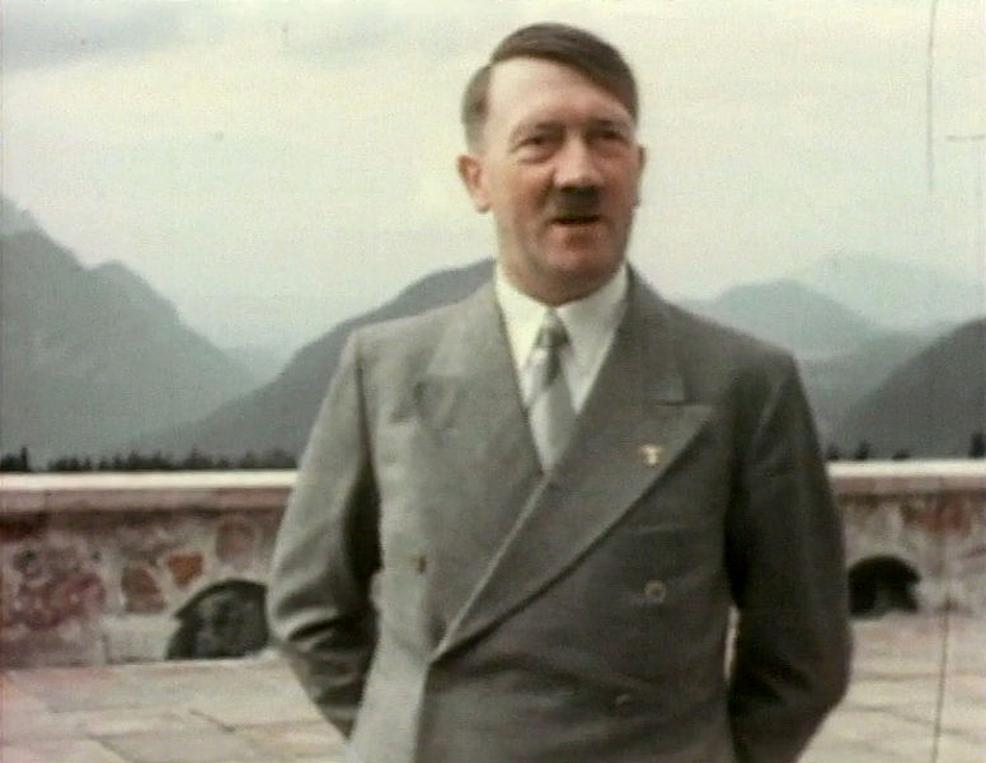
| Book | Author | Focus |
|---|---|---|
| The Rise and Fall of the Third Reich | William L. Shirer | Comprehensive history of Nazi Germany and Hitler’s rise |
| Third Reich Trilogy | Richard Evans | Detailed political, social development of Nazi Germany |
| Hitler | Ian Kershaw | Biography; explores Hitler’s personality and political strategy |
| Ordinary Men | Christopher Browning | Role of everyday Germans in Nazi crimes |
| The Hitler Myth | Ian Kershaw | Public opinion and Nazi propaganda effects |
| In the Garden of Beasts | Erik Larson | Foreign perspective on Nazi rise; SS and Brownshirts role |
- Hitler’s rise is best understood through detailed histories by Shirer, Evans, Kershaw, and Ullrich.
- The German populace’s role is analyzed in works by Browning, Bergman, Kershaw, and Allen.
- Understanding public opinion and propaganda is essential to grasp societal support for the Nazis.
- Biographies of Nazi leaders and studies of their organizations provide insight into how power was enforced.
Books Regarding Hitler’s Rise to Power and the General Populace of Germany at the Time: A Deep Dive Into History’s Darkest Hour
If you want to understand how Hitler rose to power and how ordinary Germans lived through those turbulent times, you’re in the right place. The story isn’t just about marches, speeches, and power grabs. It’s also about a society twisted by fear, propaganda, and uncertain futures.
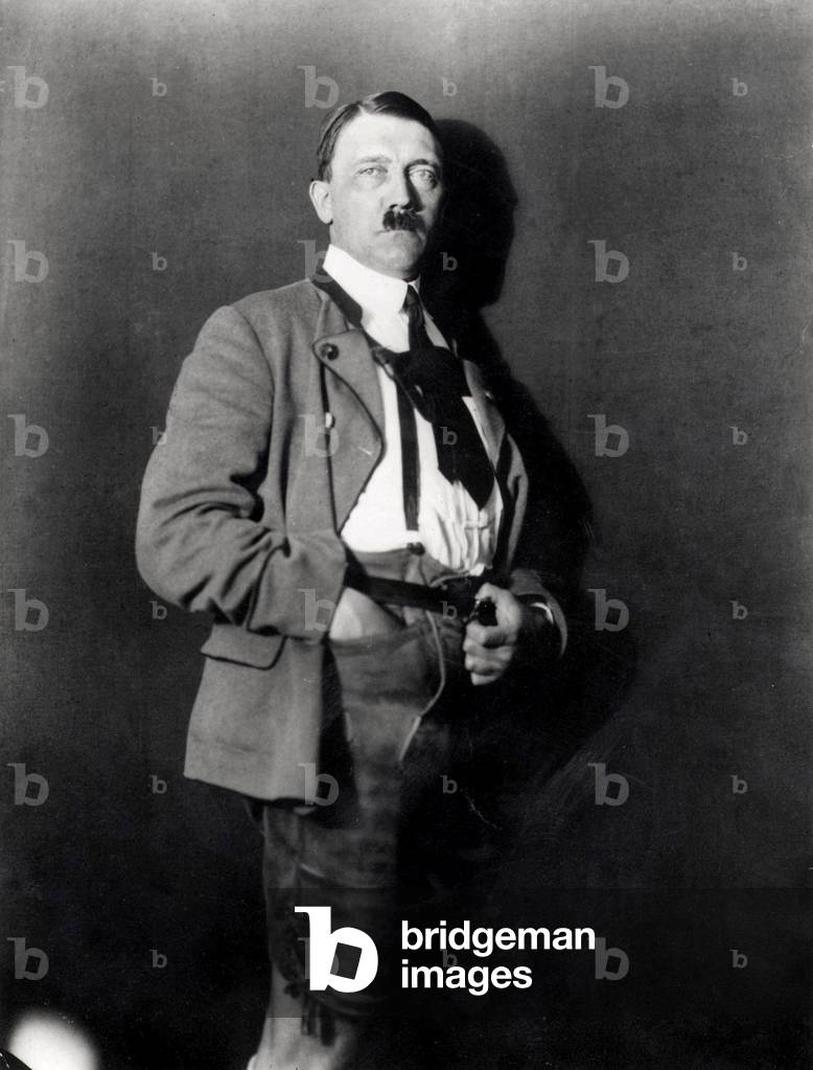
To really grasp this, you need books that don’t just focus on Hitler himself but also examine the German people who lived during those years and the forces that shaped a nation’s tragic destiny. Buckle up!
Grabbing History by the Horns: Comprehensive Accounts of Nazi Germany and Hitler’s Rise
First, you want to read books that lay out the historical timeline and political machinery. William L. Shirer’s The Rise and Fall of the Third Reich is a heavyweight here. Shirer, who was actually a journalist in Nazi Germany, gives a blow-by-blow account that mixes detailed facts with vivid stories. This book remains one of the *best* for anyone looking to understand why Nazi Germany came to be and why it eventually collapsed.
Thomas Childers’ The Third Reich, a History of Nazi Germany also provides a well-rounded account. It helps you see beyond Hitler as a single man and brings in the political, social, and cultural factors at play.
And if you can commit to something really in-depth, Ian Kershaw’s Hitler series is gold. It explores Hitler’s personality and the conditions that let him thrive in a country in crisis. Kershaw’s writing is so detailed, you feel like you’re walking the streets of Weimar Germany yourself.
Then there’s Volker Ullrich’s two-volume biography, Hitler: Assent 1889-1939 and Downfall 1939-1945. These books focus on Hitler’s psychology and the eerie charm that glued the Nazi movement together. If you like a clear, readable narrative with psych insights, Ullrich’s work is highly recommended.
Richard Evans’ Third Reich Trilogy is a masterclass, especially if you want an academic yet accessible view. His takes on the cultural aspects and how Nazi ideology seeped into everyday society are crucial to understanding the whole picture.
Who Were the Germans? Understanding the People Behind The Propaganda
Let’s not forget the millions caught up in the whirlwind. They weren’t all villains or heroes — just people navigating extraordinary and often terrifying times.
Christopher Browning’s Ordinary Men stands out here. This book dives into how regular police units turned into execution squads. It’s chilling and challenges you to think hard about what ordinary people are capable of under pressure.
Andrew Bergman’s Ordinary Germans in Extraordinary Times focuses on how typical German citizens experienced Nazi rule. It’s an eye-opener on how societal pressures and propaganda shaped civilian attitudes and behaviors.
William Sheridan Allen’s The Nazi Seizure of Power zooms into one German town between 1922 and 1945. Studying one community closely shows how Nazism spread locally. It’s a rare glimpse into everyday life and local politics during this era.
For those interested in public opinion, Ian Kershaw’s The Hitler Myth: Image and Reality in the Third Reich explains how propaganda built a false image of Hitler. This myth helped him stay popular even as horrors escalated.
And if you want something more accessible, Erik Larson’s In the Garden of Beasts tells the story from the perspective of the U.S. ambassador in Berlin during Hitler’s early reign. It’s an engaging peek at how outsiders viewed Germany’s descent.
Key Figures and Organizations: The Engines of Terror
Behind Hitler stood powerful players like Heinrich Himmler and the Nazi paramilitary groups. To understand their roles and rise, Joe Barrett’s Heinrich Himmler: The SS Gestapo His Life and Career is a solid choice. It sheds light on one of the era’s most sinister figures.
If you want to explore the SS in greater detail, Adrian Weale’s Army of Evil: A History of the SS is the go-to book. It traces the organization’s origins and brutal expansion, revealing how the SS became the death machinery of the Holocaust.
Why These Books Matter Today
Reading these books gives you more than history lessons. They pose tough questions about society, power, and individual responsibility. How can ordinary people accept extraordinary evil? What factors allow dangerous ideologies to rise?
They also help dispel myths. Hitler didn’t appear out of nowhere; a struggling Germany, political chaos, and social resentments created fertile ground. Propaganda and fear gripped the populace. Leaders exploited these vulnerabilities brilliantly and brutally.
Studying these books shows how facts and narrative combine to explain a complex era. It’s not just Hitler’s story but a collective one. The public’s role ranged from active collaboration to fearful compliance, with resistance always present but limited.
Practical Recommendations for Book Lovers
- Start with an overview: Shirer’s The Rise and Fall of the Third Reich or Evans’ The Coming of the Third Reich provide a solid foundation.
- Dive into biographies: Kershaw’s and Ullrich’s works offer psychological insight into Hitler’s character and rise.
- Focus on the populace: Read Browning, Bergman, and Allen to understand how regular Germans fit into this history.
- Explore perpetrators: Books on the SS by Barrett and Weale reveal how Nazi terror functioned.
- Mix narrative styles: Erik Larson’s approachable storytelling makes the horror relatable in a different way.
These books together form a well-rounded, vivid picture of a terrifying era. They inform without sensationalizing and challenge readers to think critically about human nature and history.
Why Read These Books Now?
The rise of extremist movements globally makes understanding history crucial. These books don’t just look backward; they provide warnings. Nazi Germany is a case study in how democracy can falter and how societies can be manipulated.
Do you want to learn the details behind headlines and statistics? Or do you want a story — human, complicated, and heartbreaking? The right book is waiting on your shelf or device.
In the end, knowing these stories—Hitler’s rise and the German people’s role—is like peering through a dangerous window into how history can repeat itself if we’re not paying attention.
1. What are the best books to understand Hitler’s rise to power in Germany?
Key books include William L. Shirer’s *The Rise and Fall of the Third Reich*, Richard Evans’ *Third Reich Trilogy*, and Ian Kershaw’s *Hitler*. These provide detailed accounts of how Hitler gained and consolidated power.
2. Which books focus on the everyday Germans’ experience during Nazi Germany?
*Ordinary Men* by Christopher Browning and Andrew Bergman’s *Ordinary Germans in Extraordinary Times* explore how typical Germans lived and reacted under Nazi rule. Ian Kershaw’s *The Hitler Myth* also examines public opinion then.
3. Are there books that explain the social and cultural factors behind Nazi support?
Richard Evans’ *The Coming of the Third Reich* explains how Nazi ideology tapped into German prejudices and social issues. George Mosse’s *The Crisis of German Ideology* also delves into cultural and ideological conditions of the era.
4. Which books provide insight into Hitler’s personality and leadership style?
Ian Kershaw’s *Hitler* and Volker Ullrich’s two-volume *Hitler* biography analyze Hitler’s character and psychological traits shaping his leadership. These offer deep views on why he was able to rise and maintain control.
5. What works cover the role of Nazi organizations like the SS in Hitler’s regime?
Joe Barrett’s *Heinrich Himmler The SS Gestapo His Life and Career* and Adrian Weale’s *Army of Evil* are solid choices for understanding Nazi organizations’ impact on Germany and Hitler’s hold on power.
